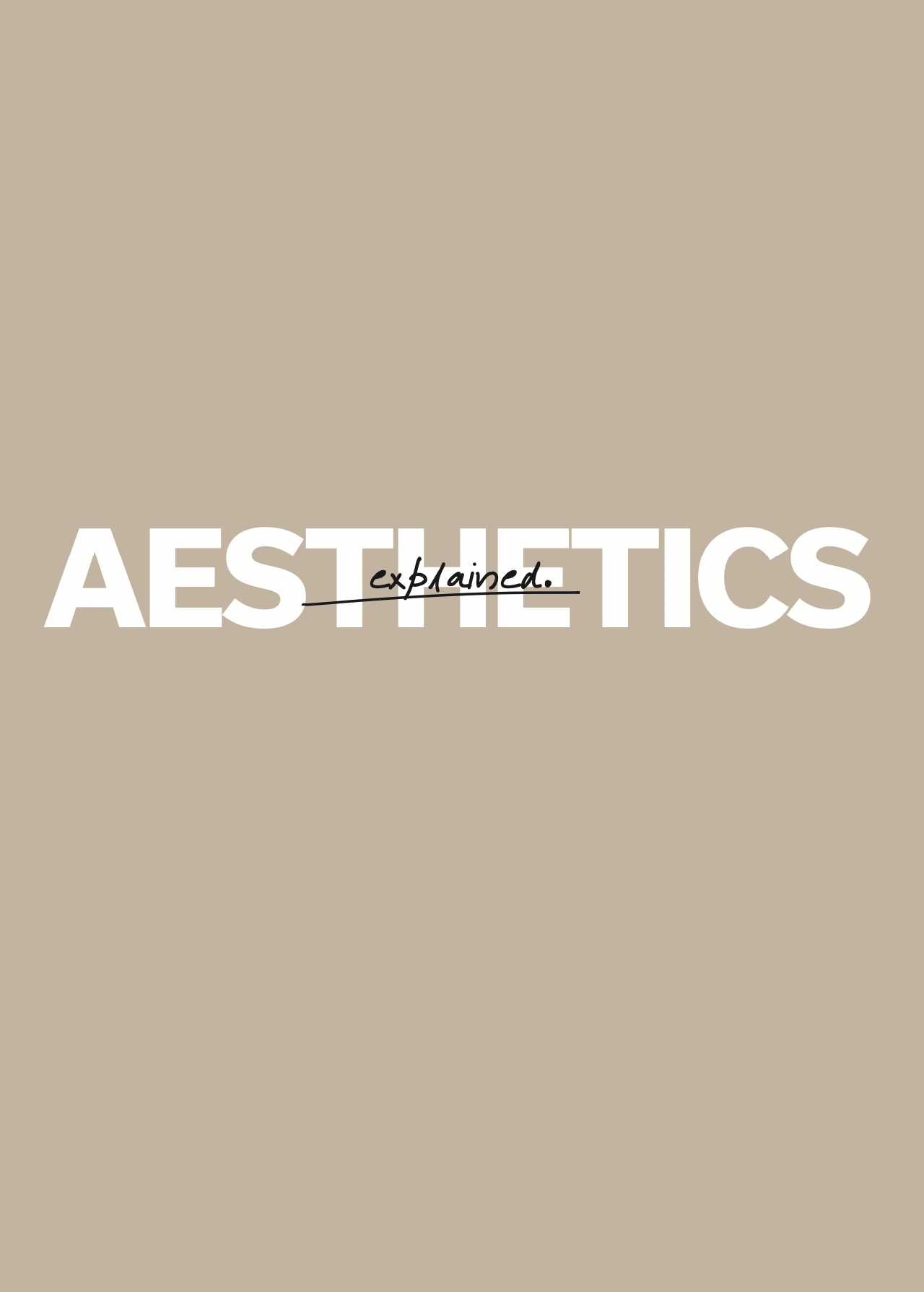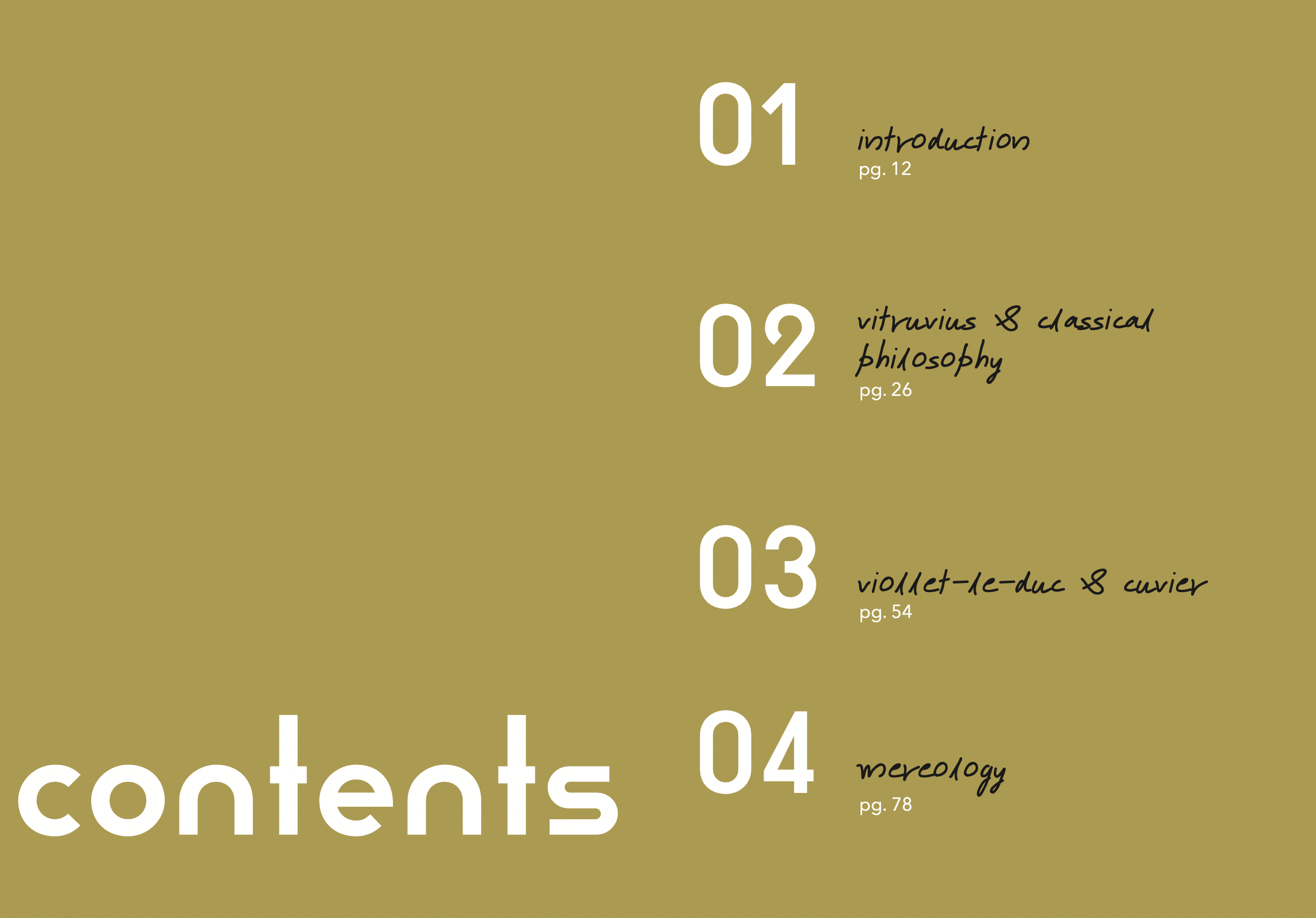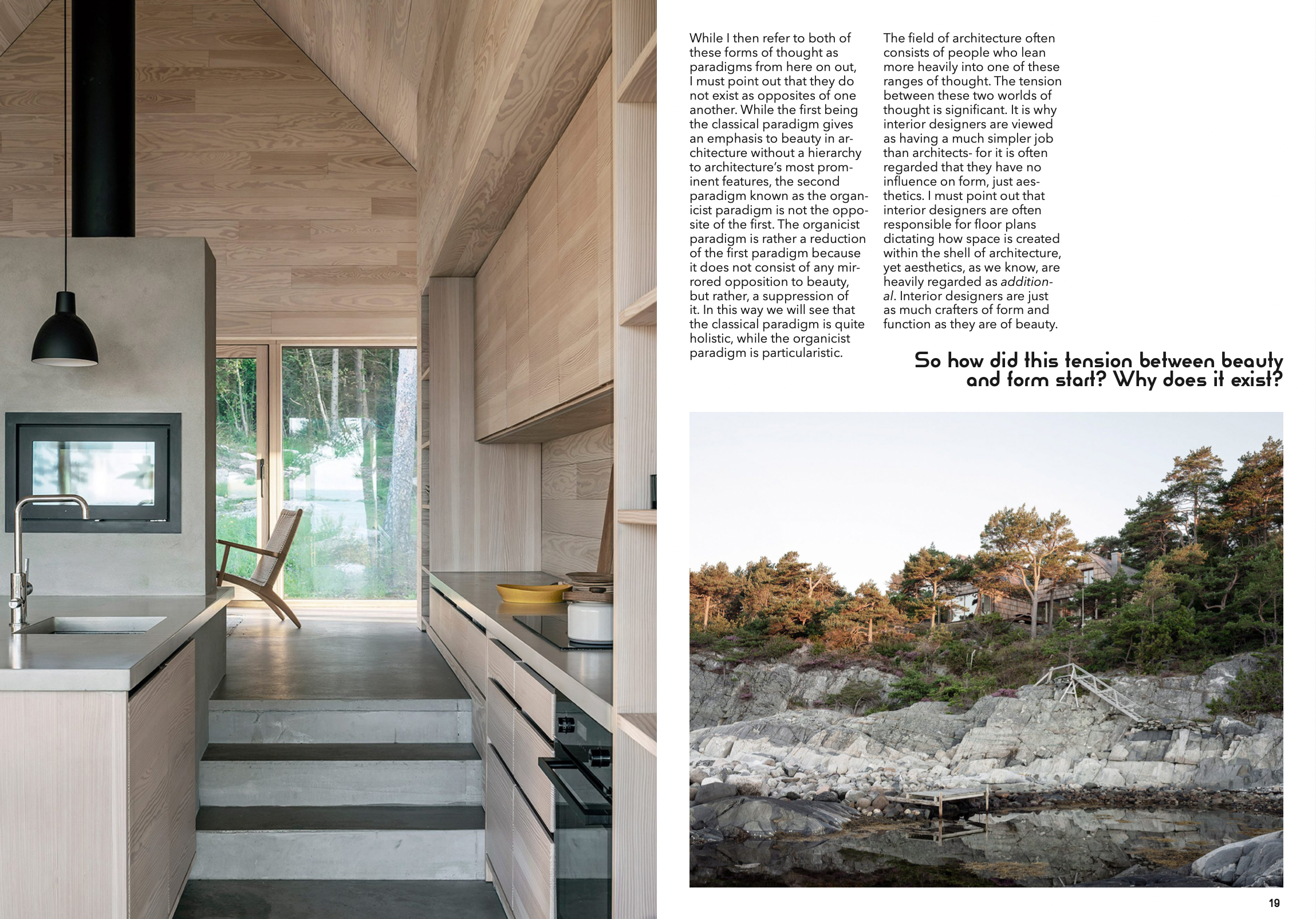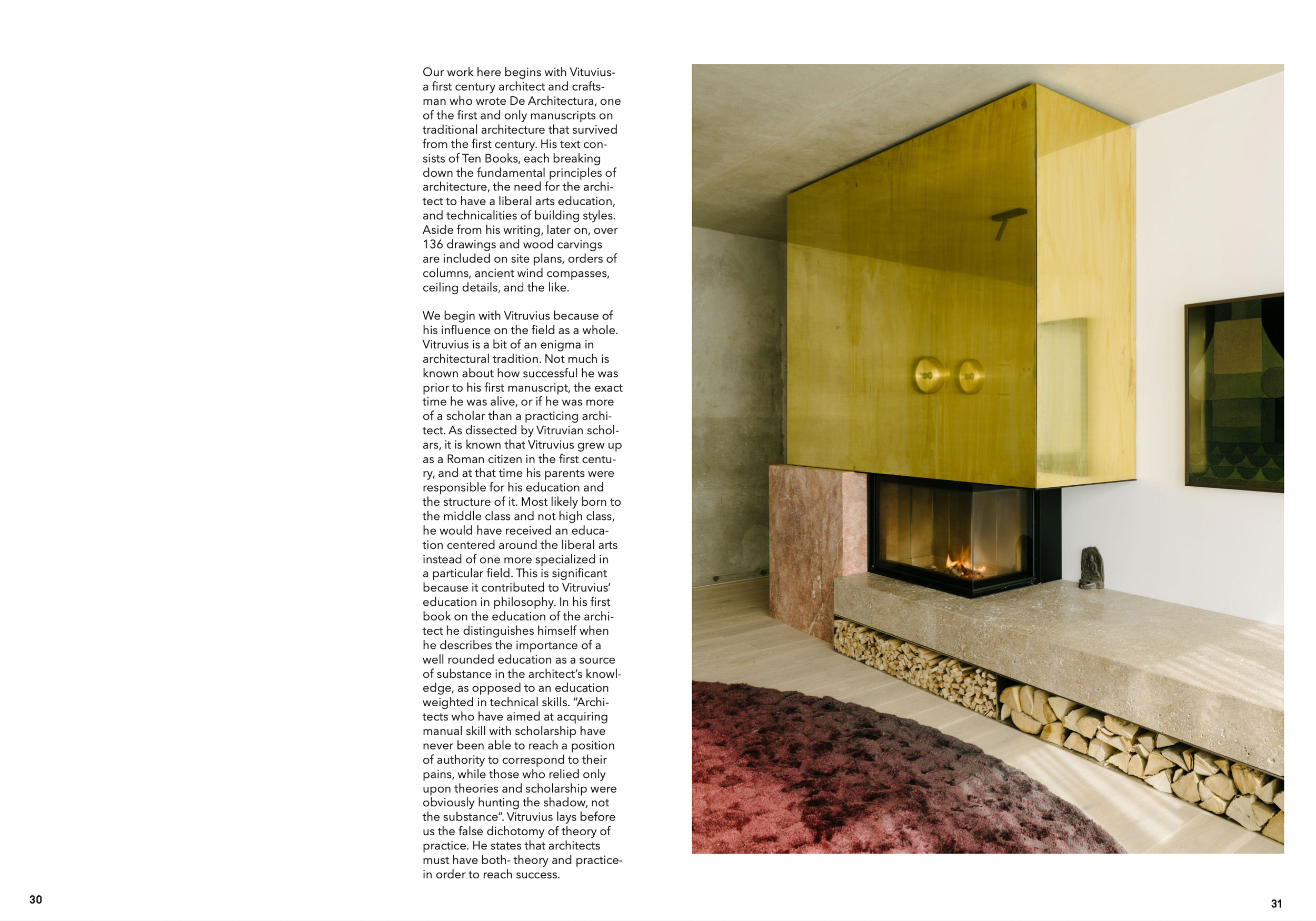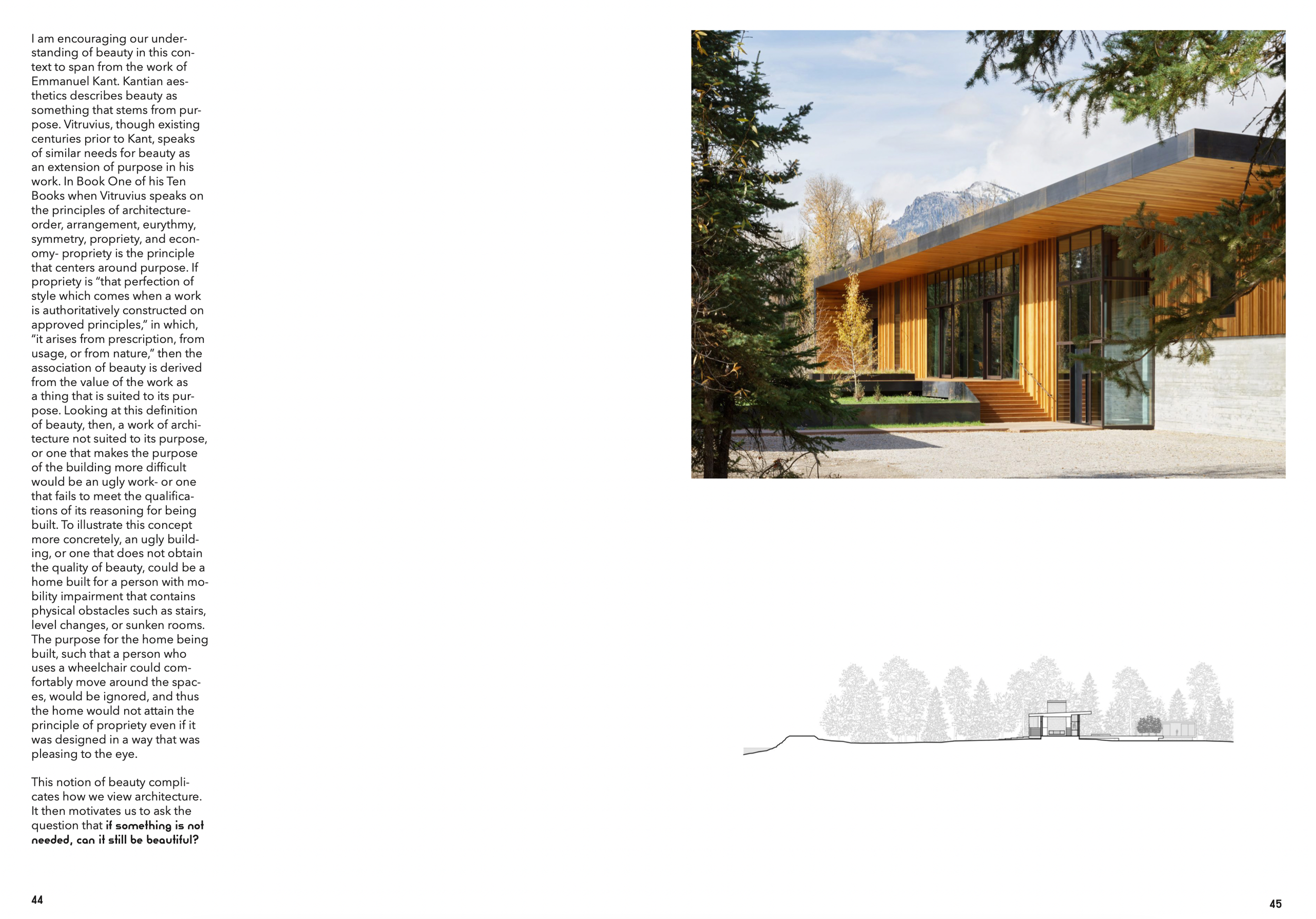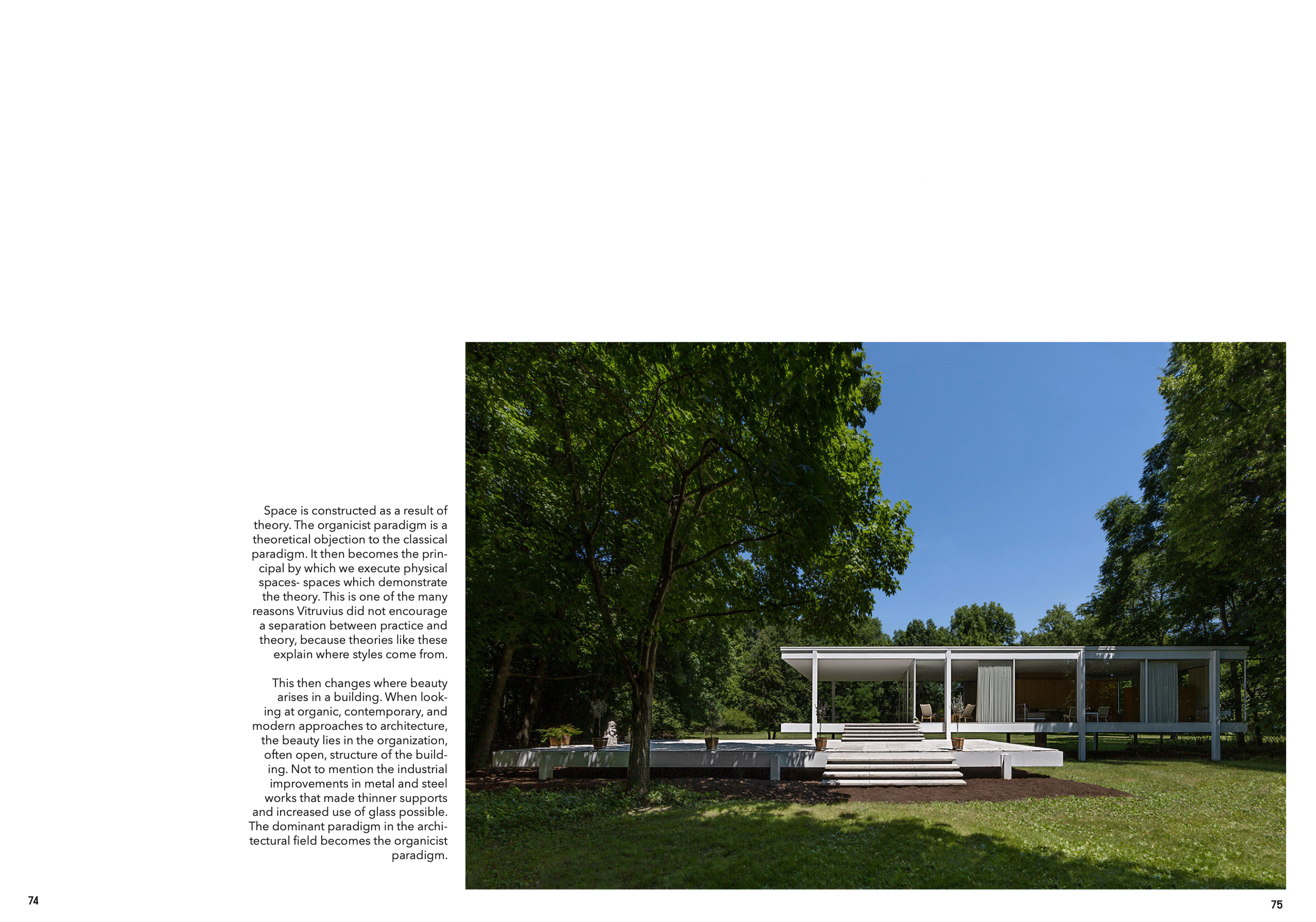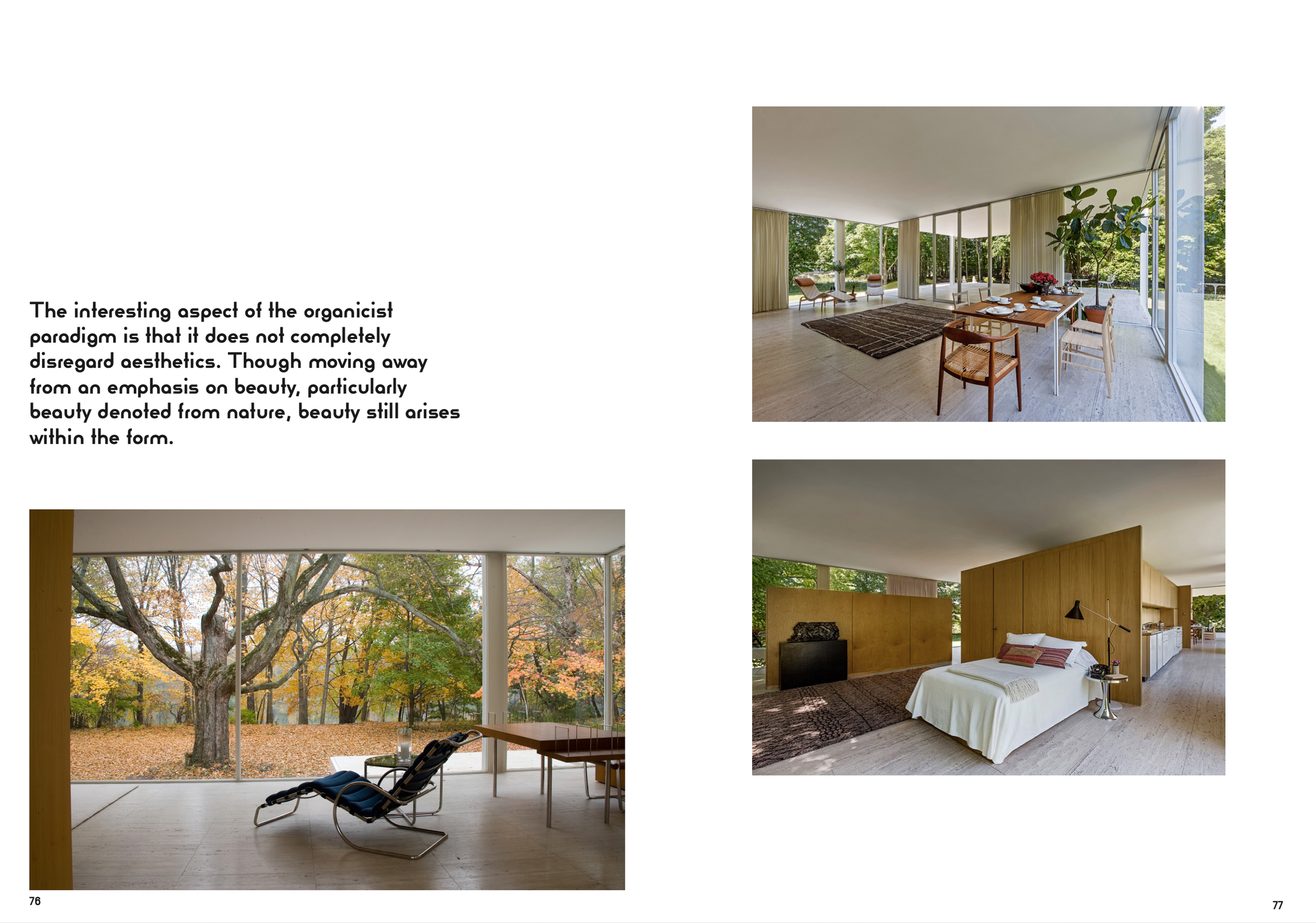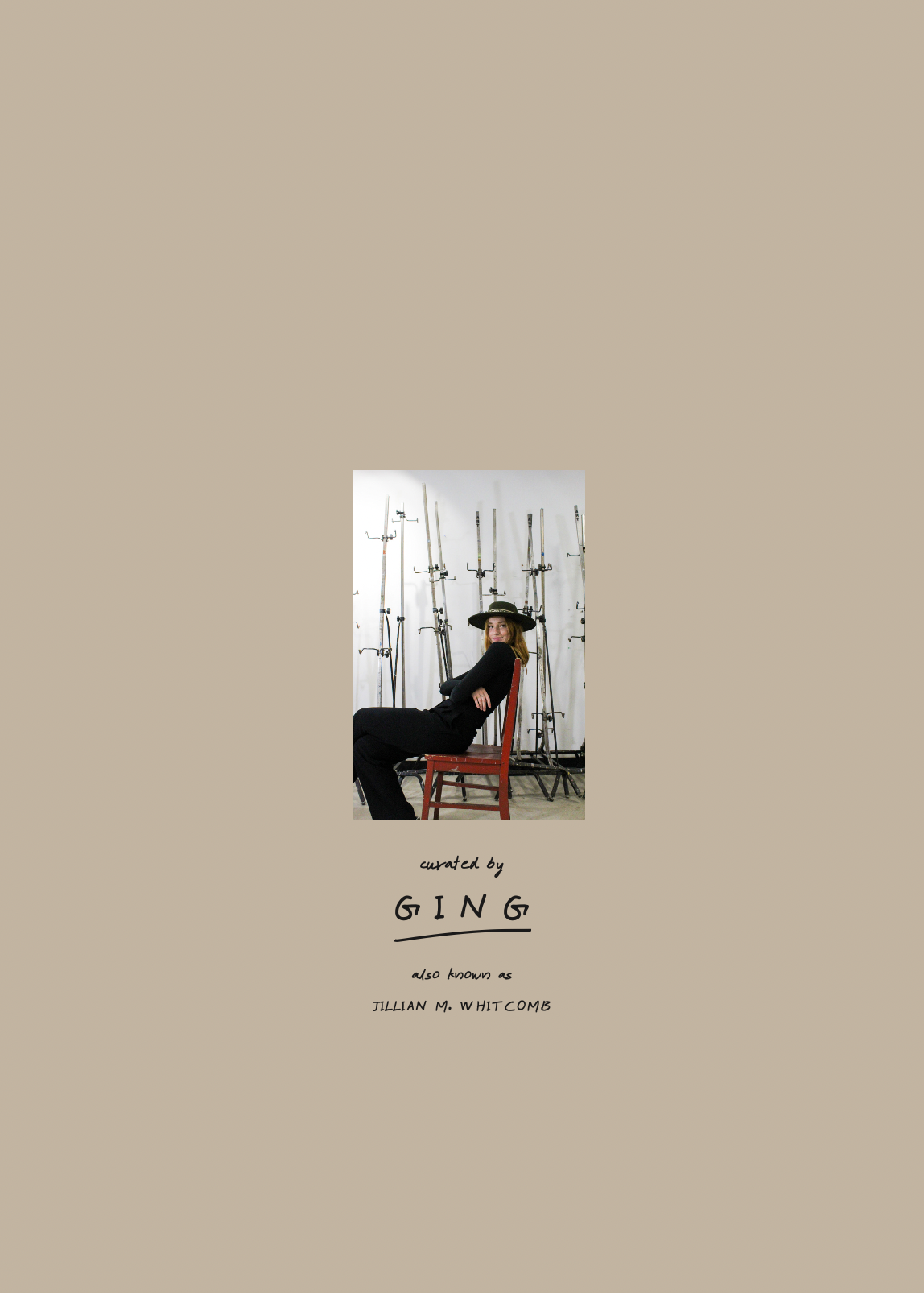AESTHETICS EXPLAINED:
THE DECISIVE INTERSECTION OF ARCHITECTURE + PHILOSOPHY
Architecture is a discipline that presents two ranges of thought in correlation to aesthetics: one being the inherent importance of beauty in design, and the other the need for form & function to be paramount in design decisions. But where do these ranges of thought stem from? The discipline lacks the ability to explain how, why, and where aesthetics come from, and furthermore, their substantial contribution to the field as a whole. The point of this project is to fill that gap by connecting architecture, particularly the two frames of thought between aesthetic importance and form as function, to their philosophical counterparts. Through a series of analysis on Vitruvius’ De Architectura in correlation to classical philosophy, and Cuvier’s scientific influence on architect Violet LeDuc, this thesis examines the history of the divide in western architectural theory as influenced by the respective theories. Additionally, this manuscript will contribute to the question of why aesthetics are not just part of the whole, but rather inseparable to the nature of architecture. The implications of this project go beyond the scope of the architectural field - rather, they contribute to the individual's understanding of how different architectural styles can all be regarded as beautiful.
There is never anything new to say - but there is always a new way to say it.
Thank you Flannery O’Conner.
Please see examples spreads from the manuscript below.
-
In my schooling I pondered how it could be so that I was taught architectural theory and practice, but was never taught what ‘good’ design was. This work originated as an attempt to answer my own questions; Is taste subjective? Why do I like the things that I do? Where does taste come from?
I found that the answers to these questions could only be solved in the history of architectural tradition, and furthermore, in the philosophical understandings of beauty.
-
Often the design field lacks objective truths to the decisions that are made. People think that design is subjective- that as designers we could claim anything as a thing of beauty. This manuscript aims to be an academic piece describing how design aesthetics were formed and how aesthetics are backed in philosophical traditions. In connecting the modern day term “aesthetic” to its history, this work hopes to ground design decisions made by architects in the minds of the masses.
-
My goal is that after reading this book, every individual would be able to understand why certain design choices are made, and how specific paradigms of architectural theory come out to play in their own lives.
We all have a sense of taste- this book helps you figure out why that is and what you’ve consumed that has molded your own design preferences.
